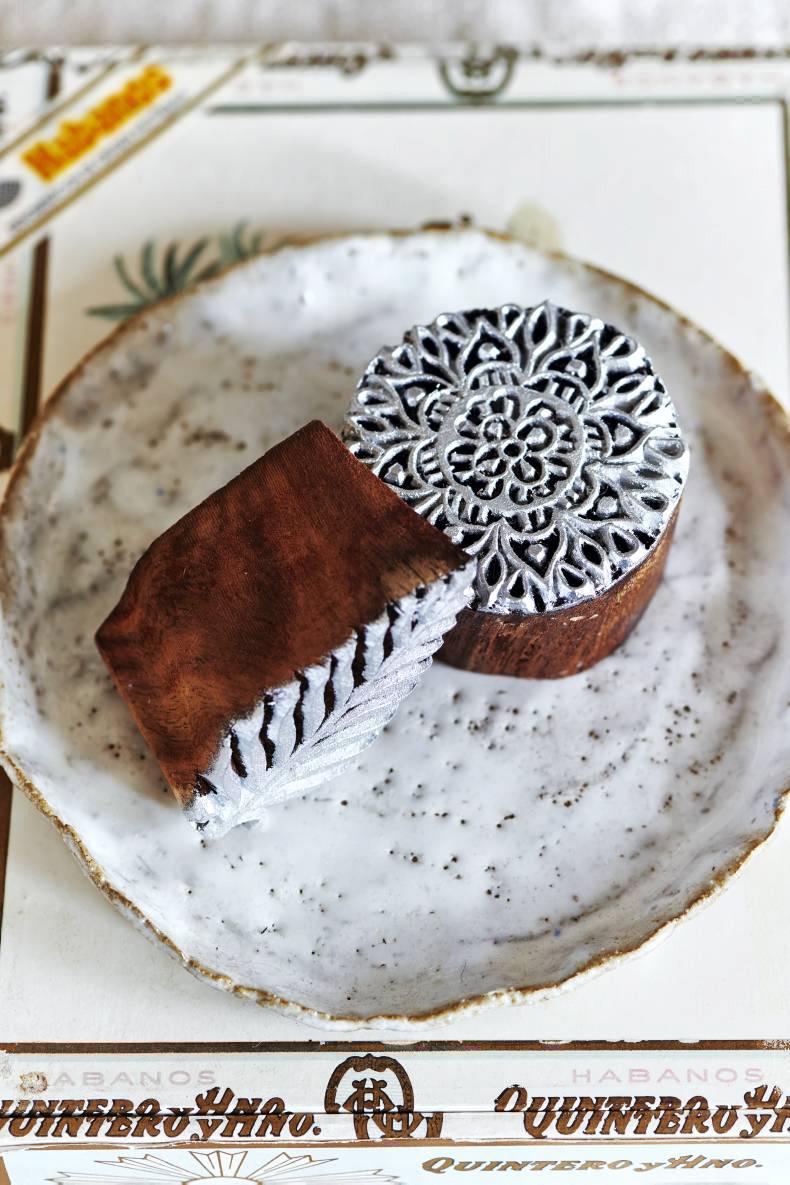One of the great pleasures of having a window above your kitchen bench is the ability to see out and connect with your surroundings. This is positively idyllic when faced with rolling hills, your children playing or a great cityscape. However, if your view is a wall or a block of flats, perhaps you need a little privacy, a little beauty to shield you from something that isn’t beautiful.
My nana and grandma had café curtains in their kitchens. In the heat of a New Zealand summer, they were essential to keep the sun off the food and screen the not-so-attractive backyard goings-on. Café curtains were a simple solution to a real need. And I do suggest that you make them only if you need to – don’t hang them at a window if you have an amazing view.
Of course, these simple curtains can be used to fulfil a wide range of privacy needs. We have a garden room at home where the doors are made from glass. As lovely as it is, sometimes we’re pressed for providing extra sleeping quarters. To ensure guests have their privacy, I made a set of café curtains, placed a set of hooks on the doors and a spare room was born. When guests leave, I simply remove the curtains, roll them up and tuck them back into the linen cupboard. A simple solution that is both useful and beautiful.
Cotton voile is another wonderful cloth that can be used across a huge variety of projects. It’s available from suppliers of cotton canvas. It’s best in plain white or unbleached, and will be available in widths of 90cm to 140cm. It lets light in, but isn’t seethrough – marvellous stuff. Often woven in India, you can find delightful hand-loomed and/or organic versions that have a palpable feel of the handmade.
The cheaper, mass-produced versions are often coated in a gelatine or chemical, which makes the fabric feel a little stiff. Once washed, it softens considerably. If it’s particularly cheap, it will also shrink. Once you find a version you like to work with, it’s a good cloth to have a stockpile of – mind you, I think that about most fabric.
Home Sewn by Cassandra Ellis is published by Kyle Books and costs €29.50 from www.eason.ie, other stockists may vary. Cassandra Ellis is a designer and maker of high-end quilts and homewares. Originally from New Zealand, she now runs her own design studio where she teaches contemporary craft and interiors workshops. Her stunning designs are stocked by leading retailers, including Liberty of London, and she works directly with clients on commissions and interior design projects.
You will need
1 Cotton voile. Measure the space that your curtain will hang from. You will need twice the width and 7cm more than the height. If your hanging space is shorter than the width of the cloth, you can use the fabric horizontally rather than having to join widths.
2 One curtain wire set, or curtain wire and a packet of metal screw hooks and eyes. It usually comes in 2m, 5m or 15m lengths.
3 Wooden blocks.
4 Fabric ink or stamp.
5 Matching cotton thread.
6 Iron with steam option.
7 Pins and fabric scissors.
8 Sewing machine.
9 Domestic pliers.
10 Decorator’s dust sheet.
Let us begin
1 Wash, dry, then press the voile.
2 Screw the metal eyes into the window, door or cupboard frame, where your curtain will hang. Measure between these points – twice for accuracy – for the desired width and double the measurement. Measure the desired height of the curtain and add 7cm. You may need to join panels to get the desired width, so for each join add 2cm to get the correct widths. Cut your fabric.
3 Join the fabric panels, if necessary, with a 1cm seam. Finish the edges with either a simple zigzag stitch, a French seam, if you prefer a refined finish, or whizz it through your overlocker if you have one. Press.
4 Turn over 1cm on the top edge and press. Turn over a further 2cm and press. Sew this in place, close to the edge. Repeat for the bottom edge, turning 1cm, then 3cm. Press the curtain panel(s).
5 Protect a table or floor with the dust sheet and lay the curtain on top, making sure it’s wrinkle free. Just a little stamping to do now. After a few practice presses, simply ink your blocks and stamp your curtain as much or as little as you want. You can preplan a pattern or go freestyle.
6 While the fabric is drying, use the pliers to cut the curtain wire. Take 10% off the original width measurement as this ensures the curtain will stay taut when hanging. Screw one hook into each end of the wire.
7 Once dry, thread the curtain onto the wire, then stretch it onto the eyes – and you’re done.






 This is a subscriber-only article
This is a subscriber-only article







SHARING OPTIONS: